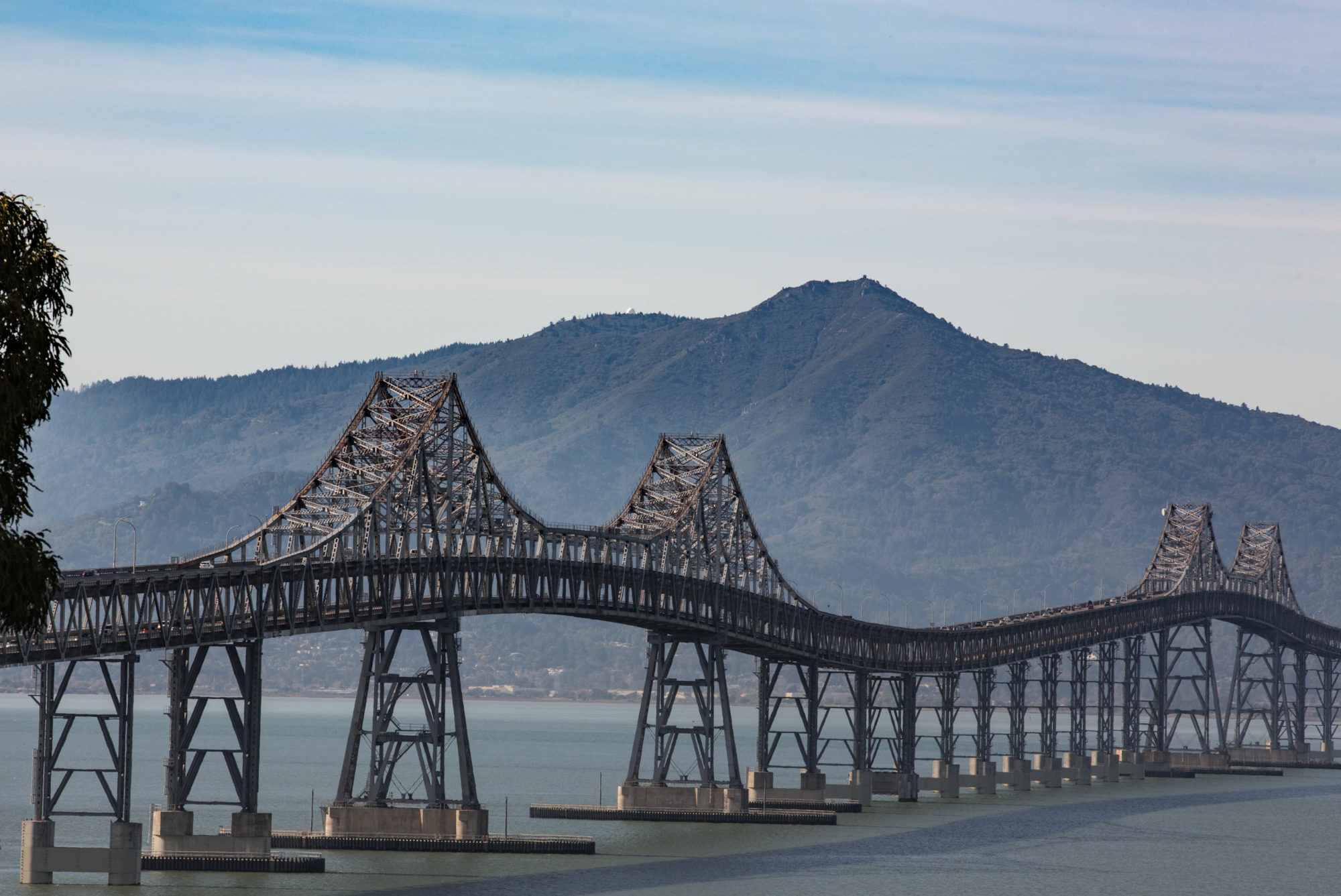
On the eve of Dadfest (his ninetieth birthday, tomorrow), I took him to a local barber for some tonsorial attention. With that seen to, we stopped at the Steak ‘n’ Shake drive-through, then headed north to intercept Sheridan Road on the North Shore. We wound up in Lake Forest, where I happened to notice a sign for a beachfront park: “Parking Entrance for Lake Forest Residents.” OK–I wanted to see what being a Lake Forest resident gets you.
I wound down a steep drive to a beautiful little beach and well-kept park and parking lot that was guarded by a young guy lounging in a lawn chair. I signaled to him we were just going to turn around and did that. I stopped and asked the guy about beach parking access. Yes, it was for residents, who could park for free. Could non-residents park there? Well, only if they have a season permit. How much is that? About $900 (and looking into things a little further, a season parking permit at the southern end of the park is $1,400). The city’s brochure on all this explains that non-residents are welcome to park at the train station in downtown Lake Forest, a mile west as the crow flies (and they’re welcome to use the beach, too, but need to pay ten bucks a head on weekends and holiday). And one last welcoming touch: Anyone who parks along any street east of Sheridan Road–close to the beach, in other words–will be ticketed and fined $125.
My beach curiosity satisfied, we continued on. Down a street marked with a “No Outlet” sign, I saw a massive gate and decided we needed to investigate that, too. It was the Lake Forest Cemetery. It’s well-tended, and many of the graves–for instance, that of 19th century wholesaling titan J.V. Farwell–are lavish.
The site above grabbed my attention. It’s the resting place of Frederick Glade Wacker, son of the man for whom Chicago’s Wacker Drive is named, and his wife, Grace Jennings Wacker–the latter once a Brooklyn Heights debutante. Their marriage in 1912 got some serious New York attention–both in The New York Times (here: New York Times wedding announcement) and in more detail in the Brooklyn Daily Eagle (here: Brooklyn Daily Eagle). Mr. Wacker didn’t reach 60. Mrs. Wacker died in the 1980s at the great age of 95, if her headstone is to be believed.
The Wackers did have children. There was a Frederick Jr., a businessman and motor sports enthusiast who died in 1998. HIs obituary in the Chicago Tribune lists three children and a grandson as survivors. Not mentioned is a brother, Charles Wacker III, who happened to be out of the country when Frederick Jr. died. Perhaps he went unlisted because of the circumstances of his absence.
In 1993, Charles Wacker III, who had made a name for himself as an owner and breeder of thoroughbred racehorses, was indicted on 16 counts related to an alleged tax-evasion scheme. Here’s how the Trib summarized the case:
“In its 50-plus-page indictment, the government alleged that the 72-year-old Wacker spent a decade creating a network of dummy corporations and hidden bank accounts from North Chicago to Hong Kong to shield himself from the IRS. Federal officials also alleged that Wacker defrauded his mother, Grace Jennings Wacker, and her estate of more than $500,000.
The story notes that the government accused Wacker of running his shell game to dodge $5 million in federal taxes and–how times have changed–says that it was the most massive personal tax evasion case in the history of the federal Northern District of Illinois. Other news accounts noted that he didn’t show for his first court appearance in Chicago. He was in England, where he ran his horse operation. His lawyer told the judge he was too ill to travel.
You see something sensational like that, and you want to know more. Whatever happened to CWIII? Is he languishing in a federal penitentiary somewhere, a la Bernie Madoff? Did he beat the rap?
Well, I couldn’t find a single news source that reported the denouement of the Charles Wacker III tax-fraud saga after the accounts of that first hearing. But I did dig up something from an online federal court file.
In 2002, the U.S. attorney for the district went to court to dismiss all charges. Why? Well, Charles was a fugitive, and prosecutors said he couldn’t be found. Also, the witnesses–Wacker’s accountant and Frederick Jr.–were deceased. And at the time the charges were dismissed. Wacker was 80. The Department of Justice motion (here: Wacker dismissal) doesn’t expand on that last fact except to imply, “What’s the point of going after him now?”
Charles Wacker III will be 90 on October 21, if he’s still living. I can’t find an obit for him. But I do find mentions as late as 2007, when he would have been 85 or 86, that he was still active in the horse-racing world.

Like this:
Like Loading...


